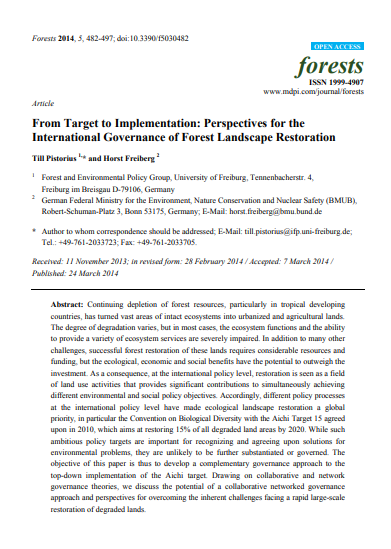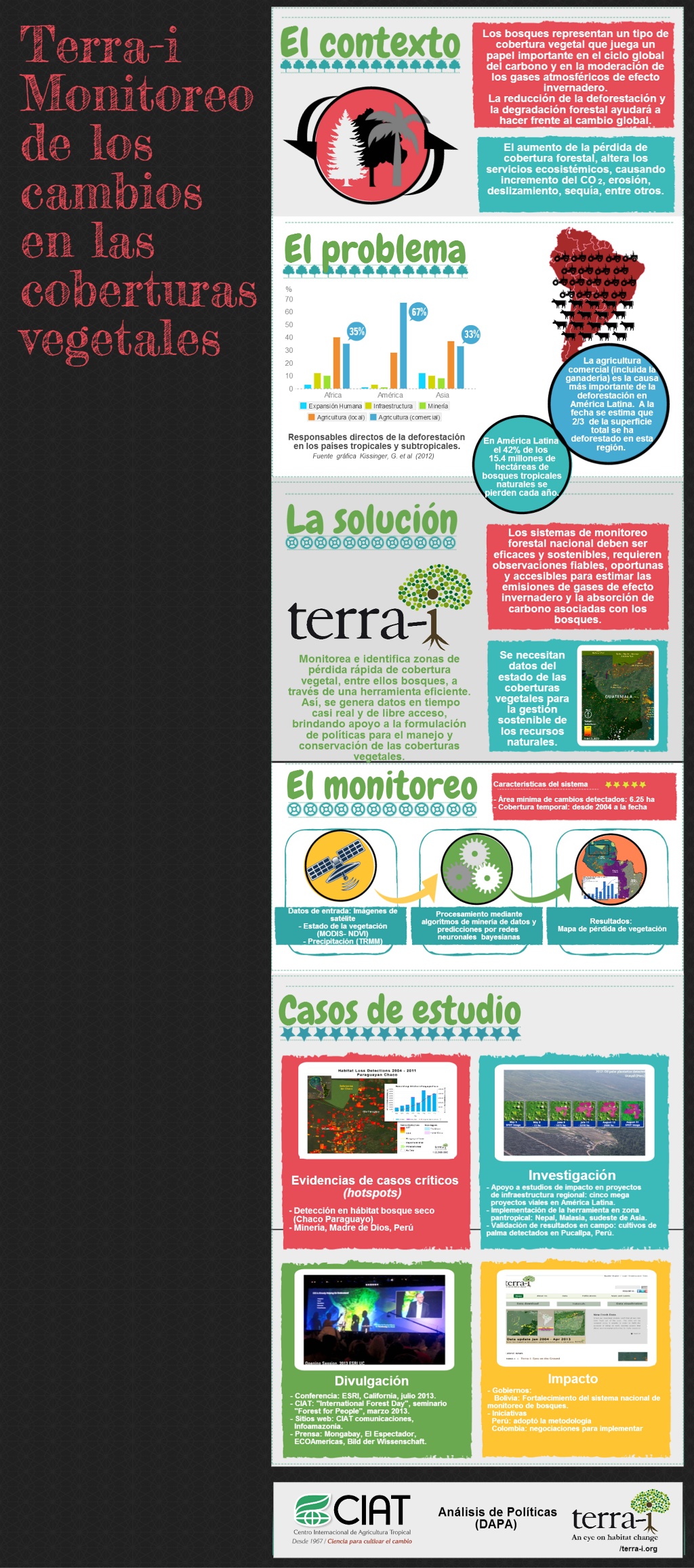Investing in the Livestock Sector : Why Good Numbers Matter, A Sourcebook for Decision Makers on How to Improve Livestock Data
This sourcebook summarizes the outputs
and lessons of the Livestock in Africa: improving data for
better policies project. It aims to present the challenges
facing professionals collecting and analyzing livestock data
and statistics and possible solutions. While the Sourcebook
does not address all conceivable issues related to enhancing
livestock data and underlining statistical issues, it does
represent a unique document for a number of reasons. To






